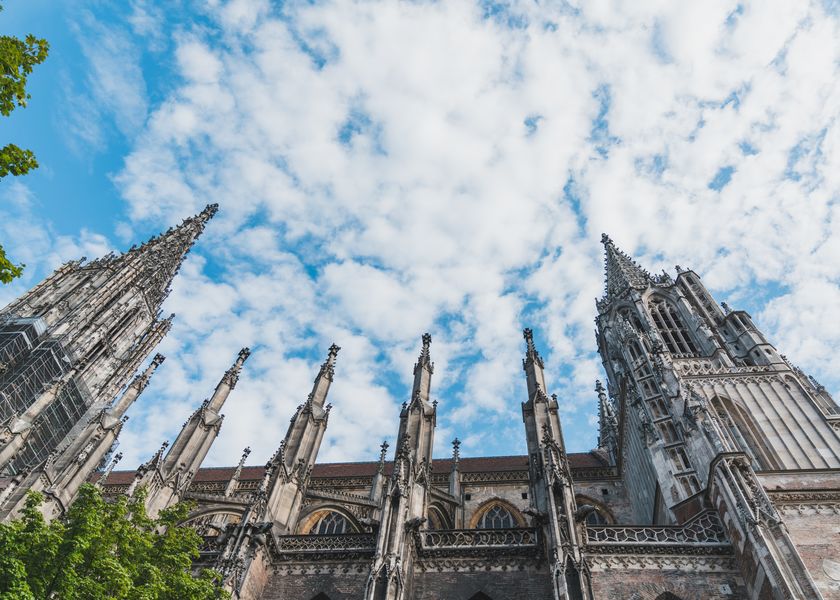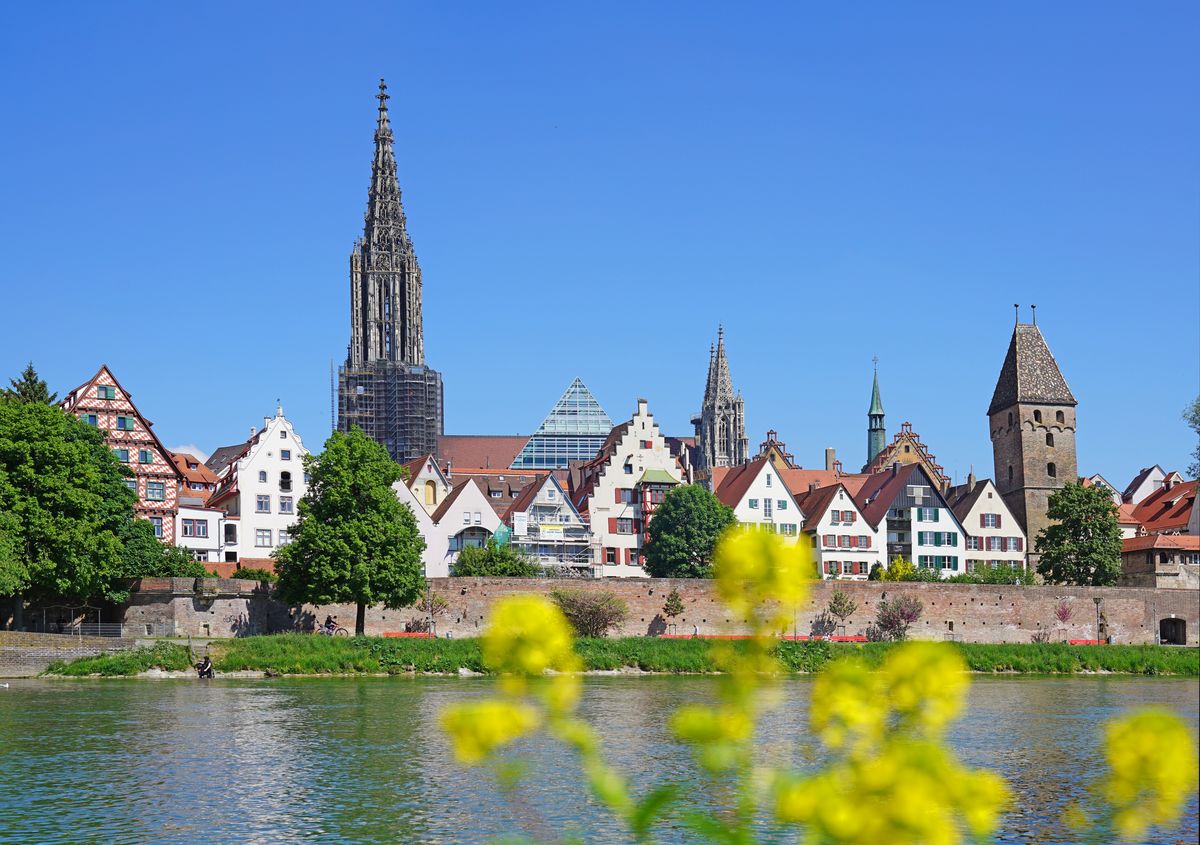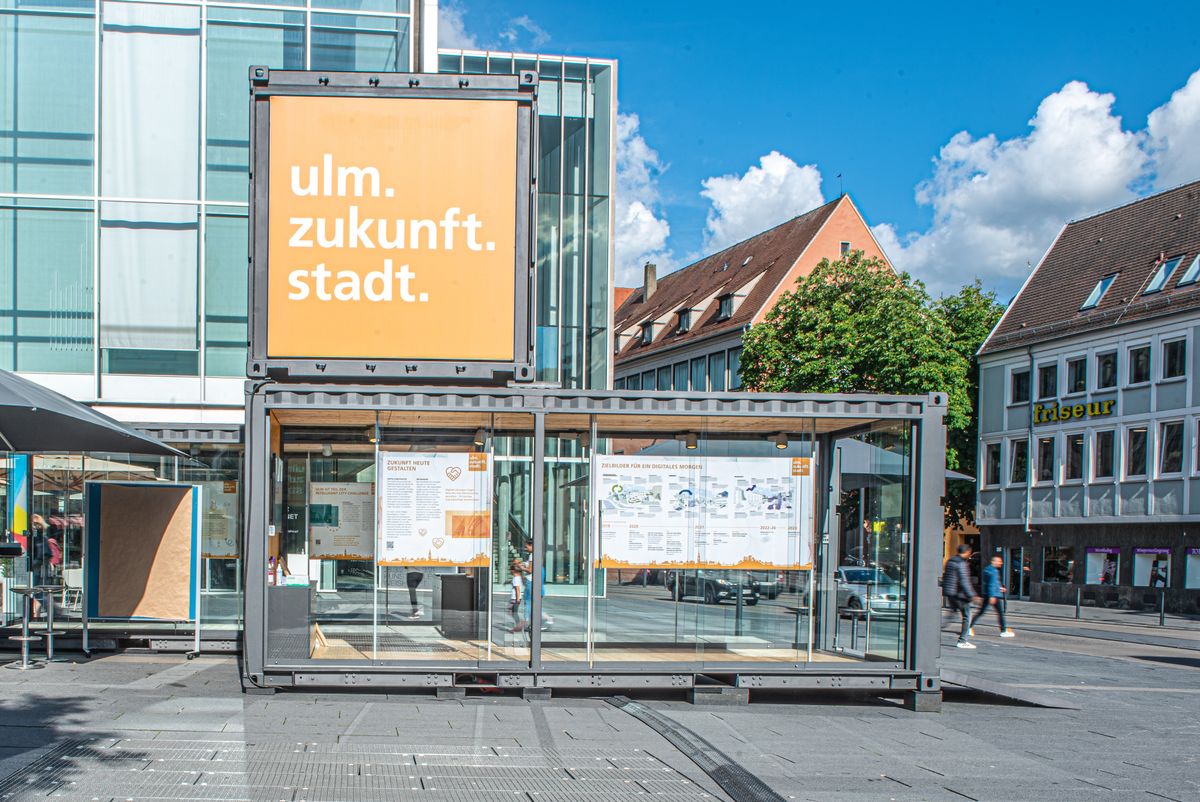Ulm

Ulm is a 126.000 habitant city and birthplace of Albert Einstein. After visiting Ulm Minster, the highest church tower in the world, the city invites people to explore the enchanting old town, the historic fishermans' quarter, and the Wiblingen monastery.
Ulm is located in the south-west of Germany, at the river Danube which is also the border to Bavaria. After a severe economic cut in the 80s along with a considerable loss of jobs, the city had to reinvent itself. Ulm spatially brought together enterprises and scientific institutions in the "Wissenschaftsstadt"-Science City, in which educational and research institutes, clinics and industrial companies have been working together in a very innovative way for about 30 years.
Ulm is and always has been a city shaped by and for its citizens. This civic centred approach is underpinned each year at "Oath Day" - the official Ulm holiday. After the Mayor has spoken a 600 year-old text, promising to serve the rich and poor in all equal, common, and honest dealings, people celebrate that day with different festivities.

Economy
Ulm is an important location for science and industry with about 10.000 companies offering around 80,000 jobs. Building materials, metal processing, commercial vehicles, electrical engineering, pharmaceuticals and security are the dominant sectors of the regional economy. Well-known brands such as Ratiopharm, Airbus S.A.S, Daimler Buses, Magirus, Zeiss, or Liebherr are located in the region around Ulm.The digital, service-oriented transition affects the entire eco-system in Ulm. Additionally, changing urban communities and demographics urge the city to push for more social participation and social cohesion.

Future Goals
Four overarching and cross-cutting future tasks are of particular importance for Ulm: City in transition; Growing city; Sustainable urban development, climate protection and circular economy; and Urban data space, technological sovereignty and data ethics. Addressing these challenges as a consequence of the Corona Pandemic, Ulm aims to build on and develop its own strengths. These include, for example, active citizenship, research competence expressed in the Science City and committed entrepreneurship.
With the creative commitment and inventive spirit of the people of Ulm, sustainable concepts for digital life are being tested in the areas of education, mobility, age/health and administration in cooperation with partners from science, business, citizenship and administration. By using digital technologies that sustainably support daily life, a future-oriented everyday life is made tangible. In particular, the application possibilities of sensors and the radio technology LoRaWAN take on a key role.
In all thematic areas, sustainable, data-based solutions are being developed and tested within the urban space. For example a;
- Model flat in which sensor technology supports the independent and self-determined life of senior citizens (Ambient Assisted Living),
- Community-based bike-sharing system,
- Creative space for agile administrative action
- Or different offers to participate in the digital transformation.
In 2021 Ulm takes the next step and integrates these efforts in an approved, overall Smart City Strategy, which will start in neighbourhoods and later rolled out across the whole city.
Your cookie preferences
We use cookies and similar methods to recognize visitors and remember their preferences. To learn more about these methods, including how to disable them, view our cookie policy.

